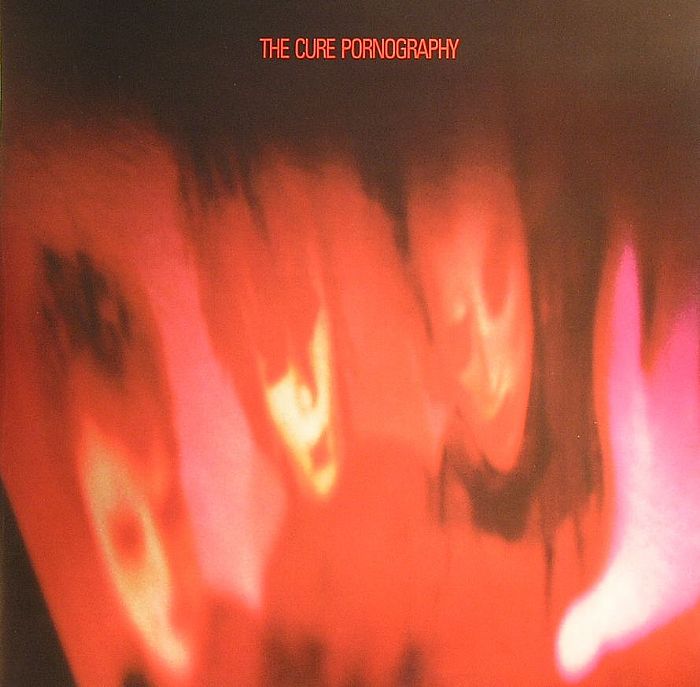
We believe however that the seriousness of the publication of a corrective notice is often under-appreciated. What is considered a serious or what a less serious case of misconduct? What are the different sanctions applicable?įrom a scientific perspective, fraud is the most serious, as it has the potential to mislead other researchers into fruitless areas of research, confuse readers, and possibly to cause harm (especially with respect to medical research and drug treatments).Įlsevier has a range of sanctions in our policies (see below), ranked in order of severity, which notes that the most serious sanction is some form of "banning" decision by the editor. There is nothing wrong with negotiating with the other publisher/journal concerning these matters, with the understanding that if the other publisher/journal rejects this we can always fall back on the copyright agreement date. Elsevier believes however that there may be more useful and practical ways of identifying which publication is the article of record (for example, perhaps it should be related to which journal published the article first in time). Those guidelines note that the date of the publishing or copyright agreement should govern, meaning whichever journal has the earliest formal agreement should be considered the journal where the "article of record" was published, and other duplicate publications should be retracted. What's Elsevier's position?Įlsevier supports the efforts made by the STM trade association to establish common guidelines and agreements among publishers for retractions and removals (see STM Guidelines on Preserving the Record of Science). In practice it's often the case that publishers agree on a submission date or acceptance date. However, it can be argued that the submission stage (which clearly indicates the author's intention) as well as the acceptance date are also valid criteria. When dealing with other publishers regarding cases of plagiarism or dual submission, the copyright form is the proof legally used to determine the official article of record. It is not unusual for these investigations and communications to have frustrating aspects, but it is generally accepted that it is part of the responsibility of being an editor. Editors have the in-depth knowledge of the field, are aware generally of the kinds of research being conducted at which institutions, are often aware of the individual researchers and their reputation, and thus are in the best position (as compared to an Elsevier staff person) to evaluate claims. Our view is that in most cases most aspects of the "investigation" are the responsibility of the Editor-in-Chief. The next steps to be taken will depend on the circumstances and type of allegation, although there are always things in common (documentation, communication with the "allegedly wrong-doing" author, etc). The first step is always to evaluate the allegation that is being made and attempt to understand clearly the type of ethics issue that is being alleged (fraud, authorship misidentification, plagiarism, etc).

What's the first step to be taken in an investigation of misconduct and who should take the first step? On editor's and publishing contact's tasks.If you are dealing with a more complex case of misconduct to which you do not seem to find a solution and you have entered a difficult "grey-area", please refer to your publishing contact. The answers given below are based on common and accepted best practices within the STM community and a broad consensus within Elsevier. This section provides a large resource of useful information on "grey areas" structured in the form of questions and answers.


 0 kommentar(er)
0 kommentar(er)
